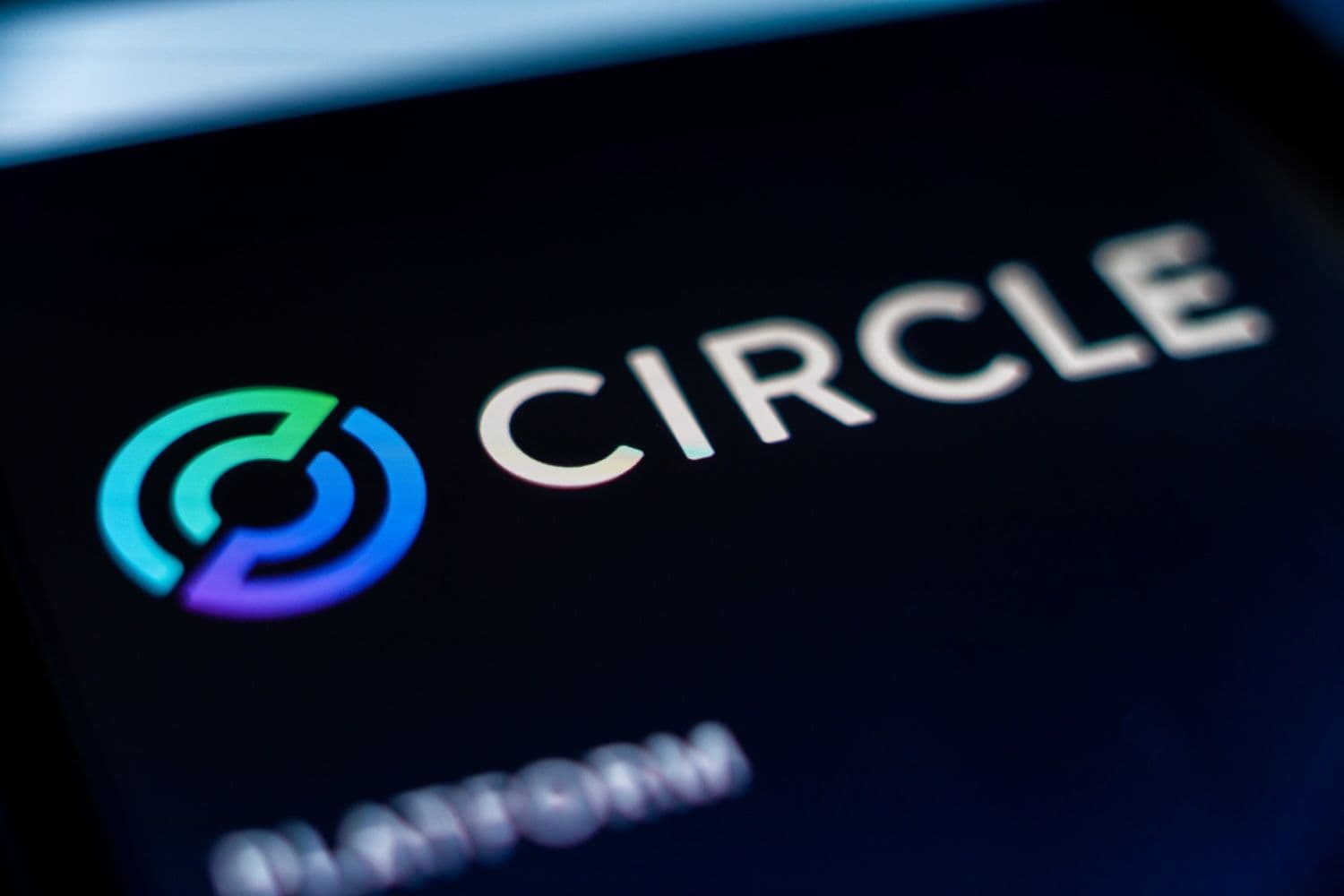Circle, the publicly traded issuer of the USDC stablecoin, announced plans to launch its own layer-1 blockchain called Arc later this year while reporting a 53% year-over-year increase in second-quarter revenue to $658 million.
What to Know:
- Circle will launch Arc, a new Ethereum-compatible blockchain that uses USDC as its native transaction fee currency
- The company's Q2 revenue and reserve income reached $658 million, marking a 53% increase from the previous year
- Circle reported a $482 million net loss in Q2, largely due to $591 million in IPO-related expenses following its NYSE debut
New Blockchain Targets Enterprise Market
The Arc network represents Circle's attempt to build what the company calls a "full-stack platform for the internet financial system." The blockchain will be compatible with the Ethereum Virtual Machine, allowing existing applications to operate on the new network without significant modifications.
Arc distinguishes itself by using USDC as its native gas token, meaning users will pay transaction fees directly with the stablecoin rather than a separate cryptocurrency. The network will also feature an integrated foreign exchange engine for stablecoin trading and sub-second transaction finality.
Circle plans to maintain full interoperability with the 24 existing networks that currently support USDC. The stablecoin maintains a market capitalization of $65.6 billion, with Ethereum hosting the largest portion at $42.6 billion in USDC supply.
The company emphasized that Arc will offer "opt-in privacy controls" and serve as an "enterprise-grade foundation" for payment systems and capital markets applications. These features target institutional users seeking predictable transaction costs and enhanced privacy options.
Financial Performance Shows Mixed Results
Circle's financial results revealed both growth and challenges in the second quarter. While total revenue and reserve income climbed to $658 million, the company posted a net loss of $482 million, representing a 93% increase from the $33 million loss recorded in the fourth quarter of 2024.
The substantial loss stemmed primarily from expenses related to Circle's initial public offering. The company incurred $591 million in IPO-related non-cash charges, including $424 million for stock-based compensation tied to vesting conditions.
An additional $167 million charge reflected the increased fair value of convertible debt, driven by Circle's rising share price following its market debut. Circle raised $1.05 billion through its IPO and began trading on the New York Stock Exchange on June 5 at $69 per share.
The stock experienced dramatic volatility after listing, reaching an all-time high of $292.8 on June 23 before declining. Shares closed at $161.2 on Monday, down more than 21% over the past month.
Understanding Key Blockchain Terms
Layer-1 blockchains function as independent networks that process and validate transactions without relying on other blockchain infrastructures. These networks contrast with layer-2 solutions, which operate on top of existing blockchains to improve speed and reduce costs.
The Ethereum Virtual Machine serves as a computational environment that executes smart contracts on Ethereum and compatible networks. EVM compatibility allows developers to deploy existing Ethereum applications on new blockchains without rewriting code.
Gas tokens represent the cryptocurrency used to pay transaction fees on blockchain networks. Most networks require users to hold native tokens for fee payments, but Circle's approach of using USDC directly eliminates this step for stablecoin users.
Stablecoins like USDC maintain relatively stable values by backing each token with traditional currency reserves. This stability makes them useful for payments and trading while avoiding the price volatility typical of other cryptocurrencies.
Industry Trend Toward Custom Networks
Circle's Arc announcement reflects a broader movement among financial companies to develop proprietary blockchain networks. Several major players have recently announced similar initiatives targeting specific use cases and customer segments.
Payment processing giant Stripe is reportedly building a new blockchain called Tempo in partnership with cryptocurrency venture capital firm Paradigm. Trading platform Robinhood officially launched its layer-2 blockchain focused on asset tokenization in late June. E-commerce platform Shopify also embraced blockchain technology by enabling USDC payments through Coinbase's Base network in mid-June. These developments suggest traditional finance companies increasingly view custom blockchain solutions as competitive advantages.
The trend indicates growing confidence in blockchain technology's commercial applications beyond speculative trading. Companies appear focused on practical implementations that address specific business needs rather than general-purpose networks.
Closing Thoughts
Circle's Arc blockchain launch represents a significant expansion of the company's infrastructure ambitions, supported by strong quarterly revenue growth despite substantial IPO-related losses. The initiative positions Circle to compete directly with existing blockchain networks while maintaining its leadership in the stablecoin market.

